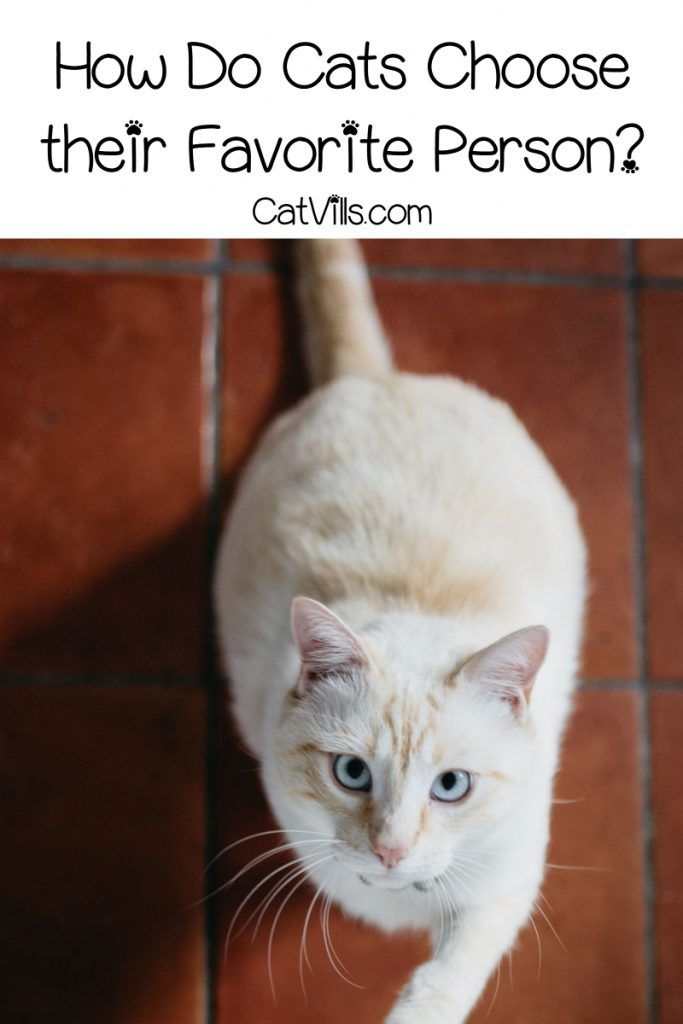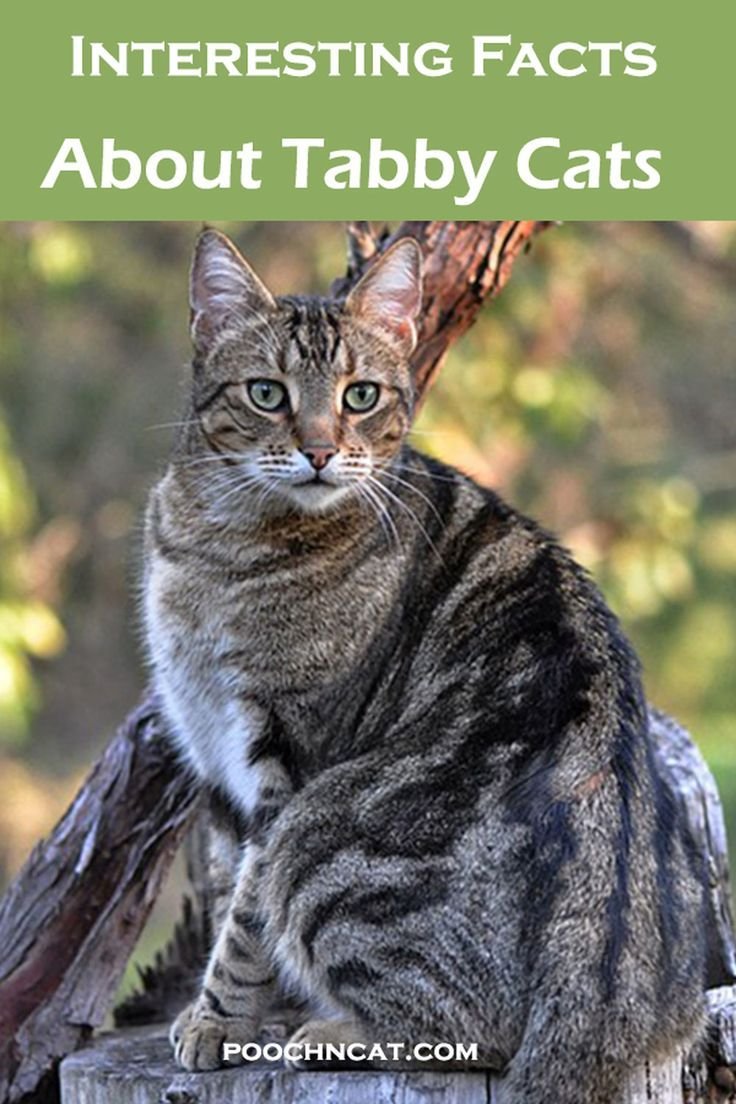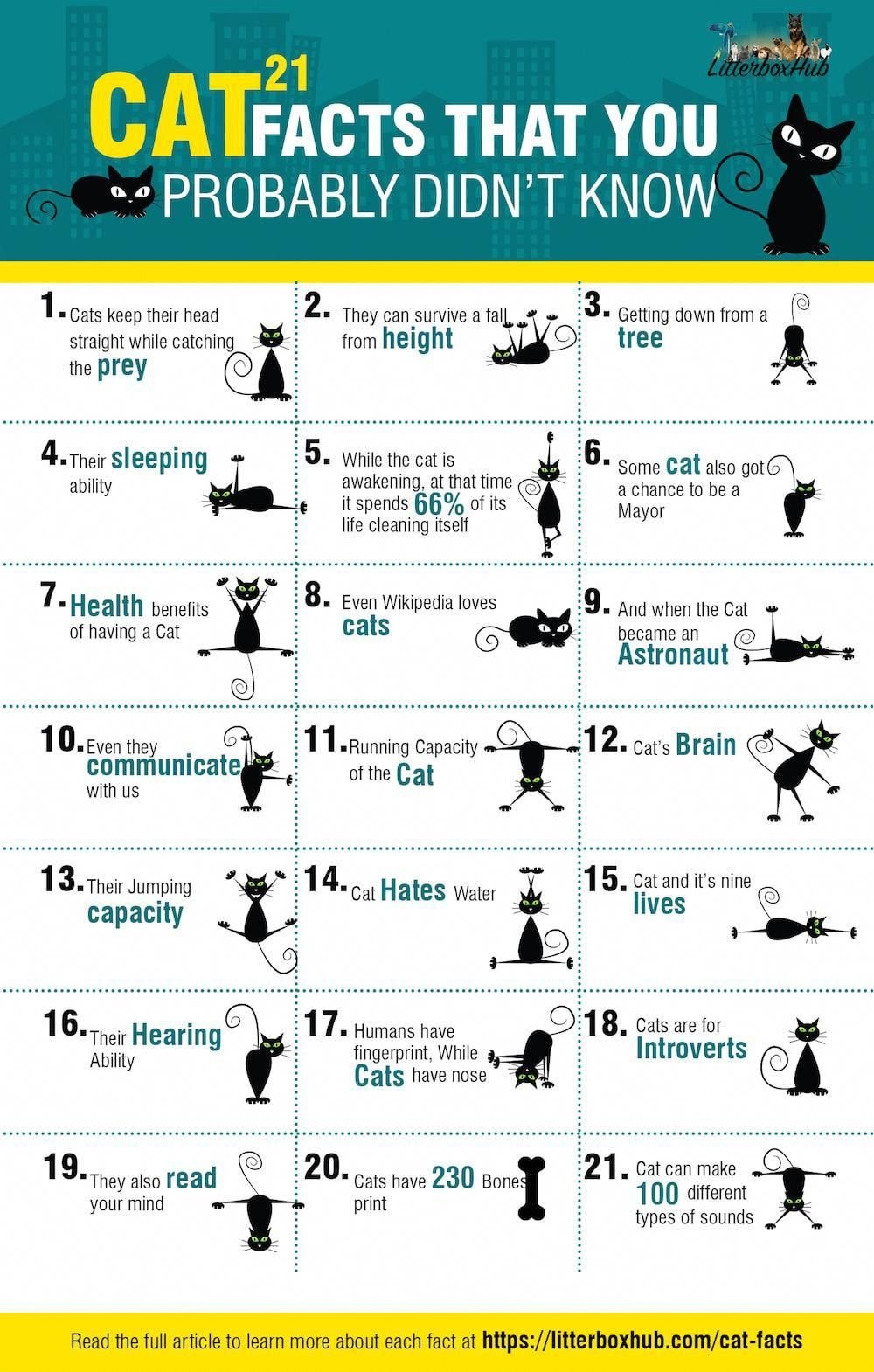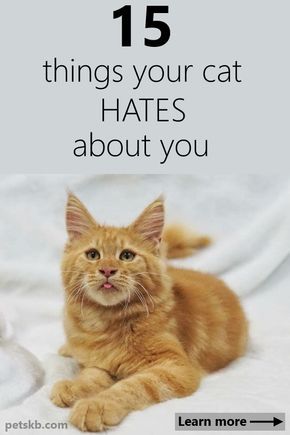How Do Cats Choose Their Favorite Person?
Views: 23 Discover the fascinating factors that influence a cat’s choice of their favorite person. Learn how feline bonding, behavior, and individual preferences play a role in forming strong connections with their human companions. Have you ever wondered why your cat seems to have a special bond with a particular person? It’s not uncommon for … Read more




